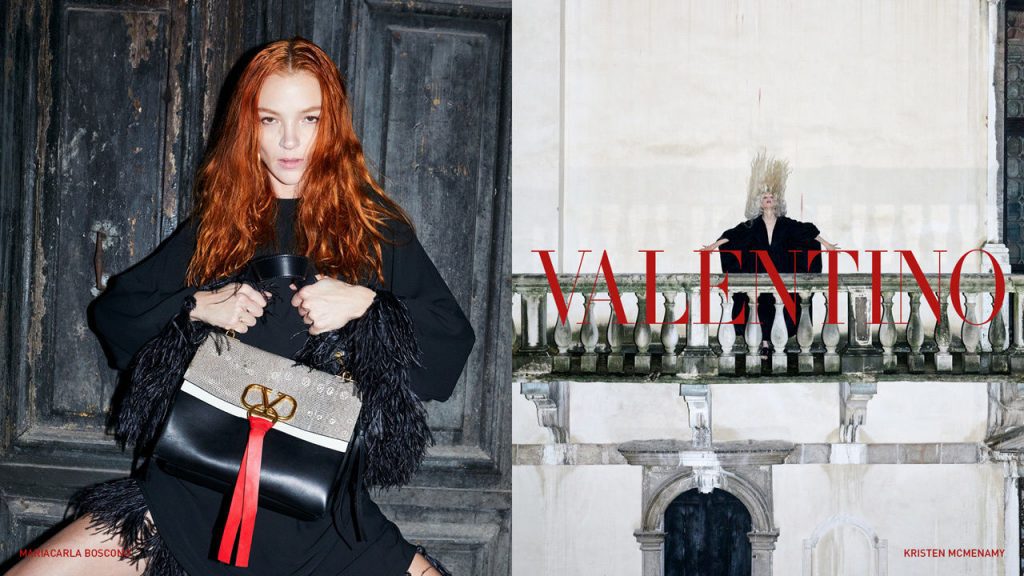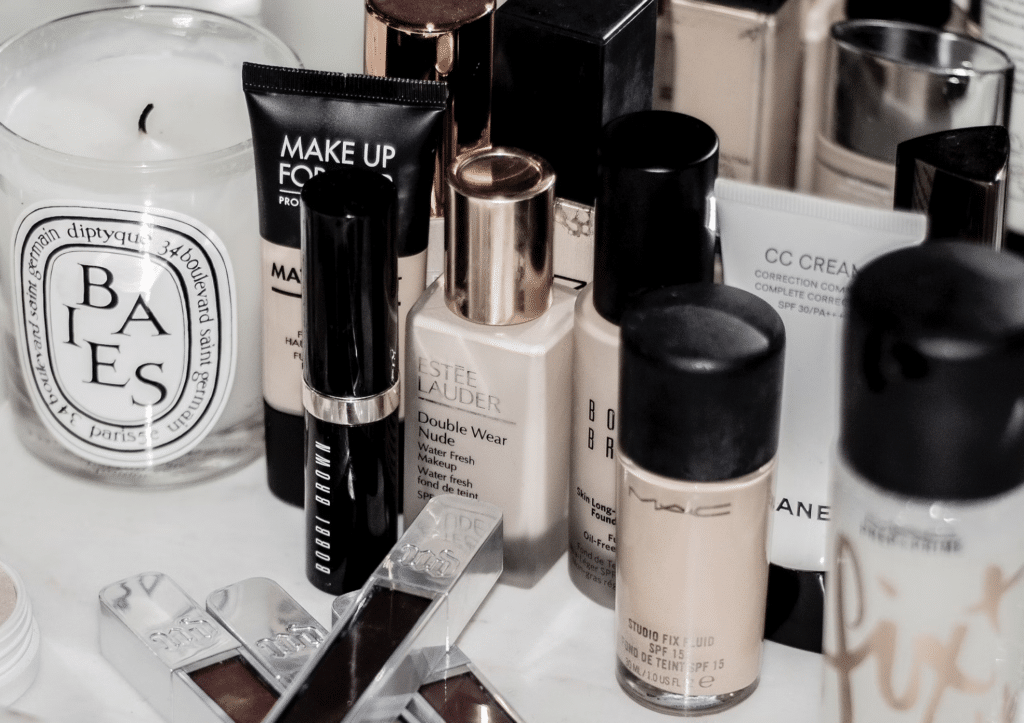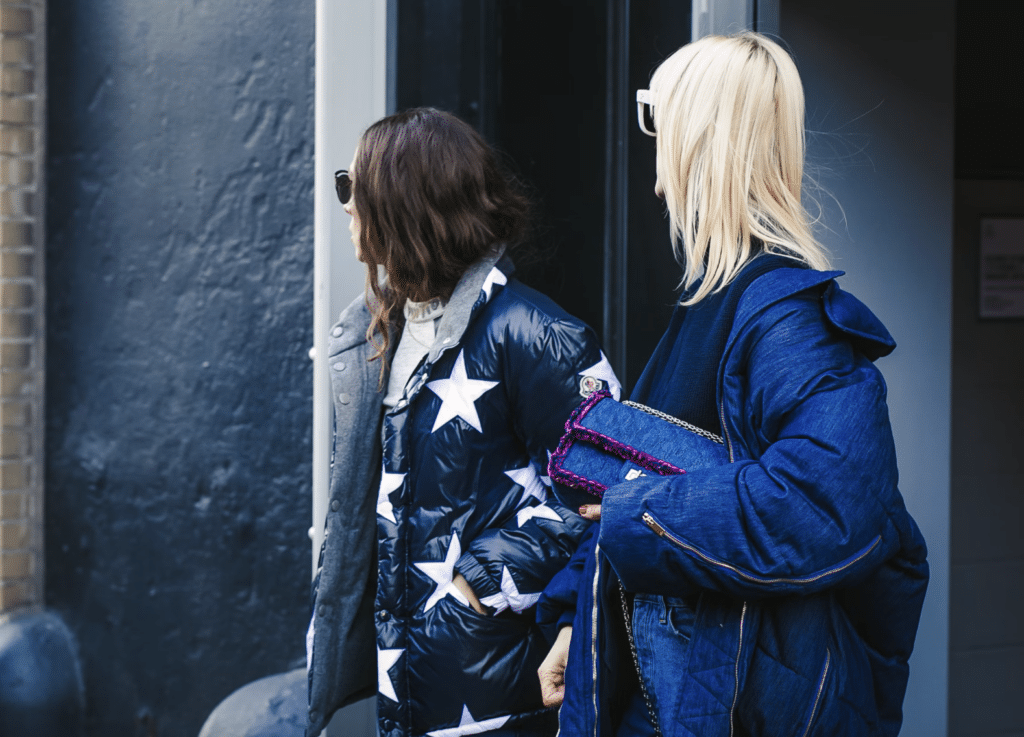LVMH Moët Hennessy Louis Vuitton, Kering, and Richemont are some of the names that immediately come to mind as the industry’s most formidable luxury conglomerates. In addition to spirits, specialist retailing, cosmetics, and jewelry brands, LVMH – which boasts a roster of 70 or so companies – owns Louis Vuitton, Givenchy, Loewe, Berluti, Céline, Pucci, Kenzo, Loro Piana, Marc Jacobs, and Fendi, among other brands. Kering has laid claim in Gucci, Yves Saint Laurent, Balenciaga, Bottega Veneta, Stella McCartney, and Brioni. Swiss-based Richemont owns Cartier, Azzedine Alaïa, Van Cleef & Arpels, Piaget, Chloé and Dunhill, among others. Still yet, there is another conglomerate in the making: Mayhoola for Investments, a group backed by Sheikh Tamim, al-Missned, the monarch and head of state of Qatar.
While the Qatari company, which is focused on “local and global investments,” may be an unknown name to many, it is, according to Luca Solca, head of luxury goods at analyst firm Exane BNP Paribas, “becoming a force to be reckoned with.” Beginning largely in 2012, with its acquisition of Italian fashion house Valentino from the UK private equity firm, Permira, for $858 million, Mayhoola – a low-profile entity among the likes of LVMH and Kering (its name does translate to “unknown,” after all) – has been making its presence known in the fashion industry.
Along with the Valentino buy, which analysts called “one of the most prominent purchases of a European top designer brand by an emerging market investor,” Mayhoola acquired the global license for Missoni’s M Missoni line. That same year, the conglomerate acquired a $32.9 million stake in British handbag label Anya Hindmarch, as well as a 65 percent stake in Pal Zileri, the Italian menswear brand, for an estimated $145 million. Moreover, rumors swirled in the fall of 2012 that the group was in talks to acquire Versace in light of the Italian luxury brand’s plans to prepare to go public; that deal never came into fruition.
These acquisitions were followed by Mayhoola snapping up Balmain in June 2016. The owners of the French fashion house favored among Hollywood starlets reportedly sold off the company for close to $563 million, and under the watch of Mayhoola, the brand is expected to push into the handbag market, and speed up the expansion of its global store network.
Most recently, the Qatari group has been linked to struggling house Lanvin. According to industry sources, Lanvin’s majority owner Shaw-Lan Wang and Mayhoola held discussions early this year, following overtures from Mayhoola to first acquire the Paris-based brand last year.
If LVMH boasts the prowess of Chairman Bernard Arnault’s daughter Delphine, who holds the titles of Director and executive Vice President of Louis Vuitton and who spearheaded the firm’s recent acquisitions of Nicholas Kirkwood, Marco de Vincenzo, J.W. Anderson, and Repossi, Mayhoola has Sheikha Moza bint Nasser al-Missned.
The mother of the current Qatari emir is known for her “acute eye for fashion” and her “talent [for merging the conservative social mores of Qatar with the cutting edge designs for high fashion’s most esteemed brands] that is changing her country’s relationship with the luxury industry.” She is also said to be a guiding force behind Mayhoola’s fashion-centric investments.
Mayhoola is not alone. Other luxury fashion investments made by Gulf region entities over the past several years include the 2011 acquisition of Gianfranco Ferre by Dubai retailer Paris Group. Others have come by way of Qatar Investment Authority through its subsidiary Qatar Holding, the owner of the Harrods and Printemps department stores. Qatar Investment Authority investments also include stakes in Tiffany and LVMH.
Still yet, Bahrain-based Investcorp Bank BSC has formerly held stakes in Tiffany and Gucci, and currently has Dainese and Georg Jensen in its portfolio. In June, Investcorp purchased 55 percent of Italian luxury menswear maker Corneliani S.p.A.
As for whether Mayhoola will ever truly rival the likes of the several multi-billion dollar conglomerates that are LVMH, Kering, and Richemont – which were founded in 1987, 1963, and 1988, respectively – it seems entirely likely; much more likely than Tapestry or Michael Kors. The group’s acquisition spree is just the beginning of a sustained effort that is expected to only intensify in coming years, particularly given that Gulf firms have identified fashion and luxury as a key arena for investment opportunity.













